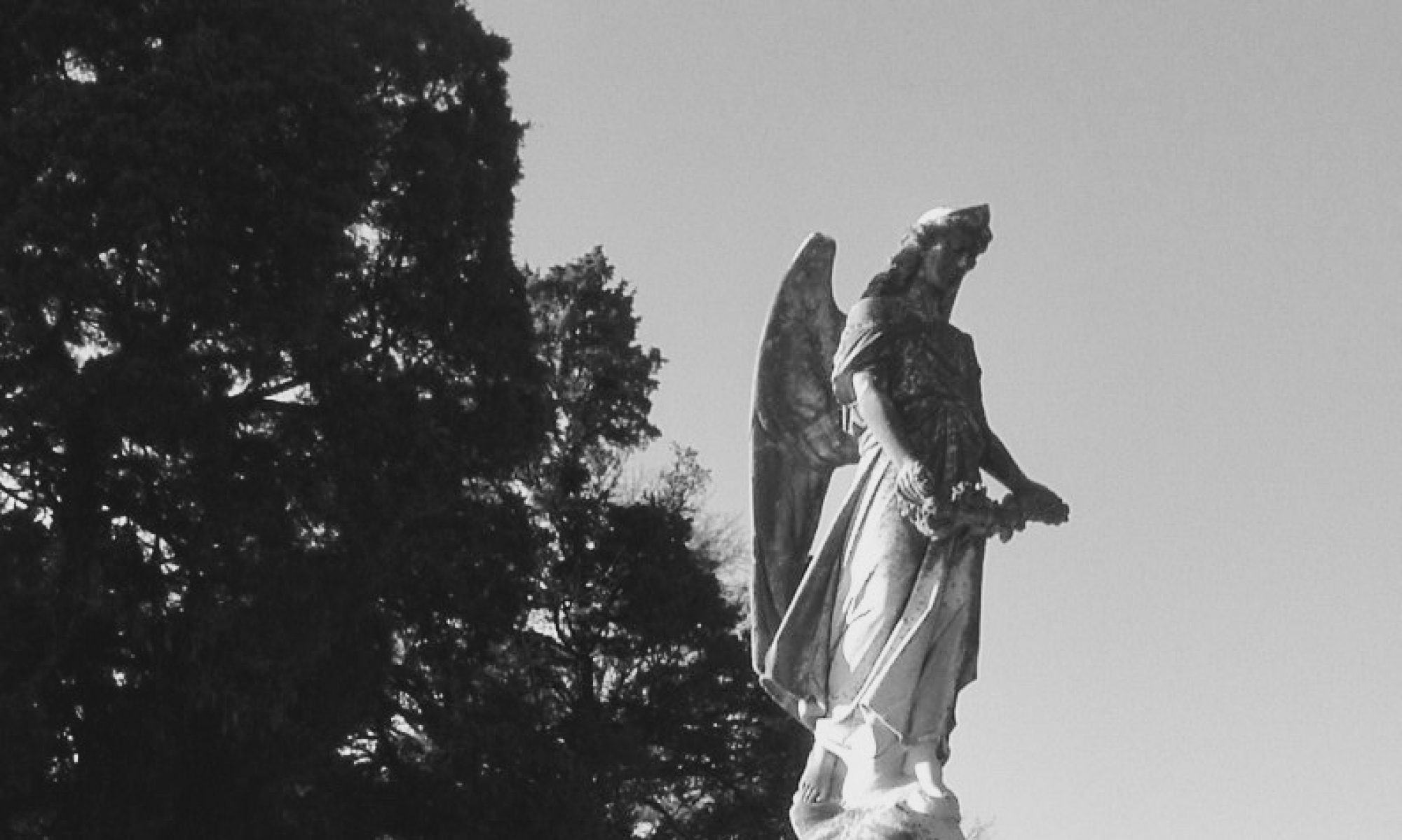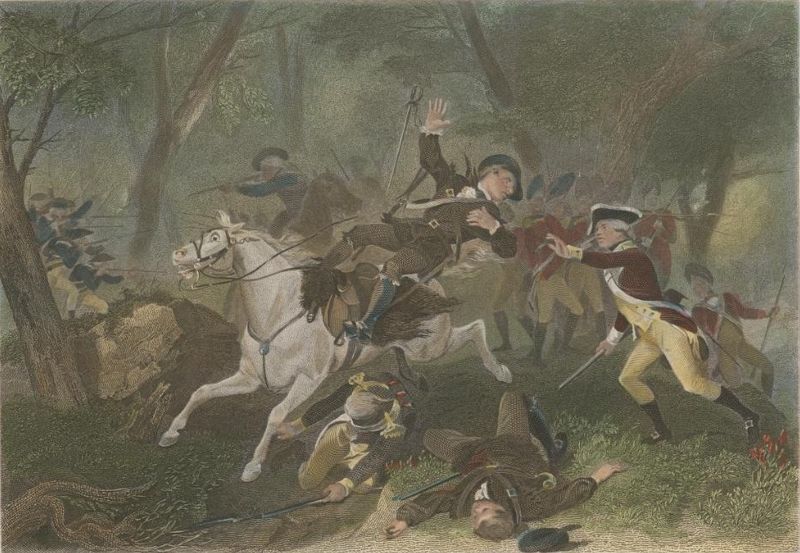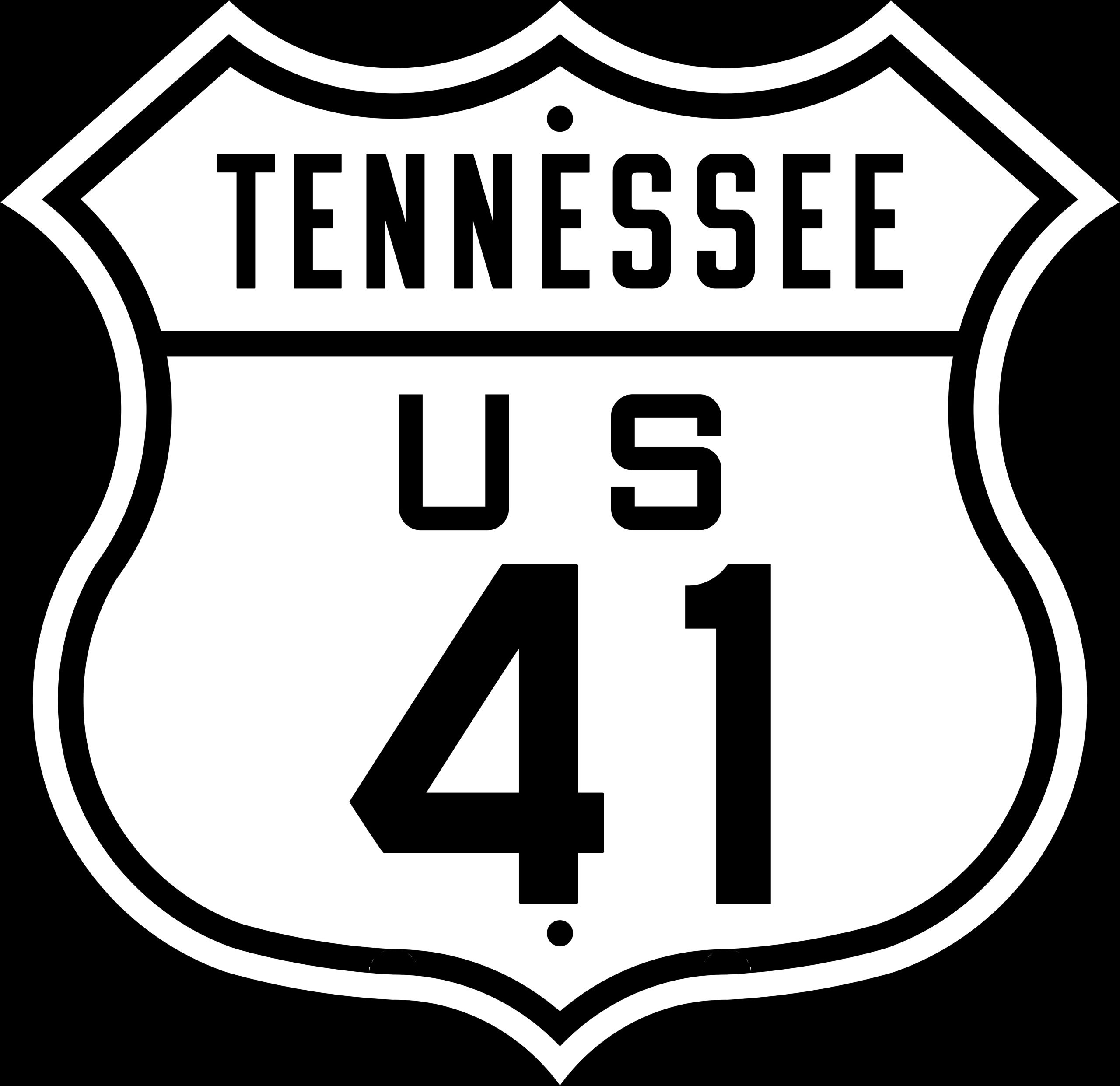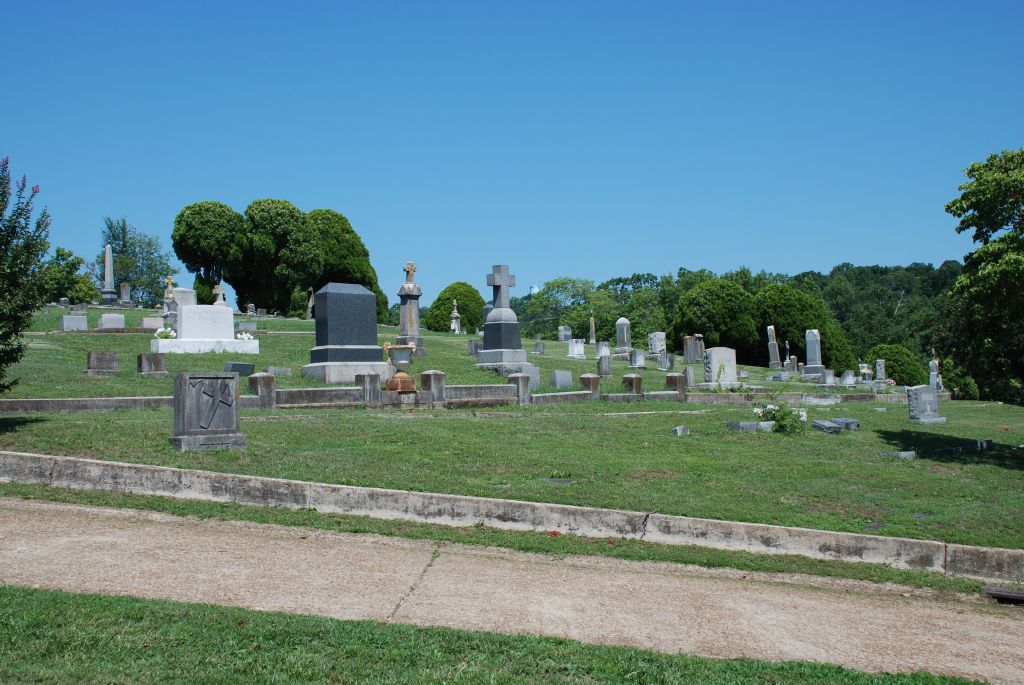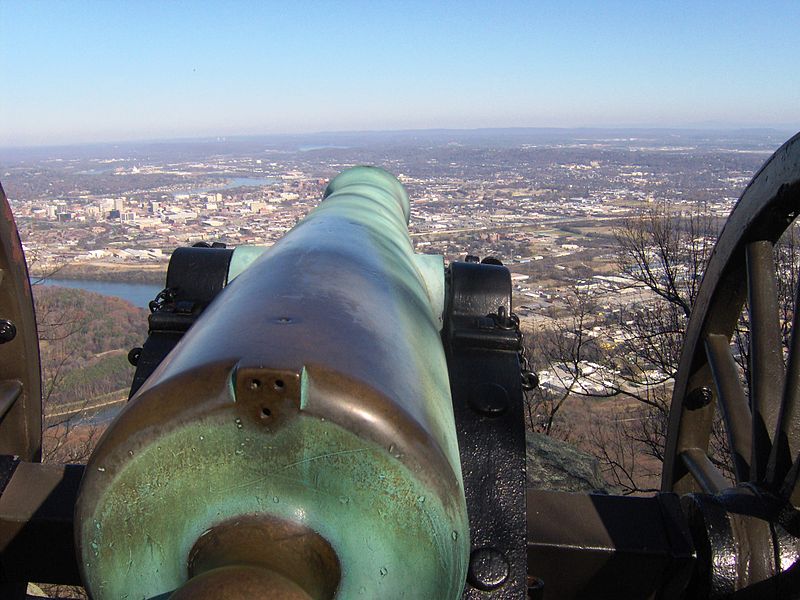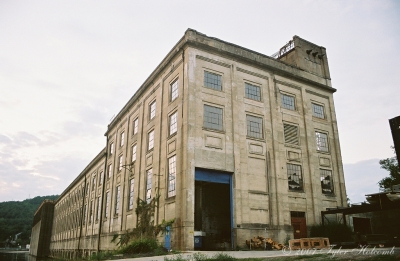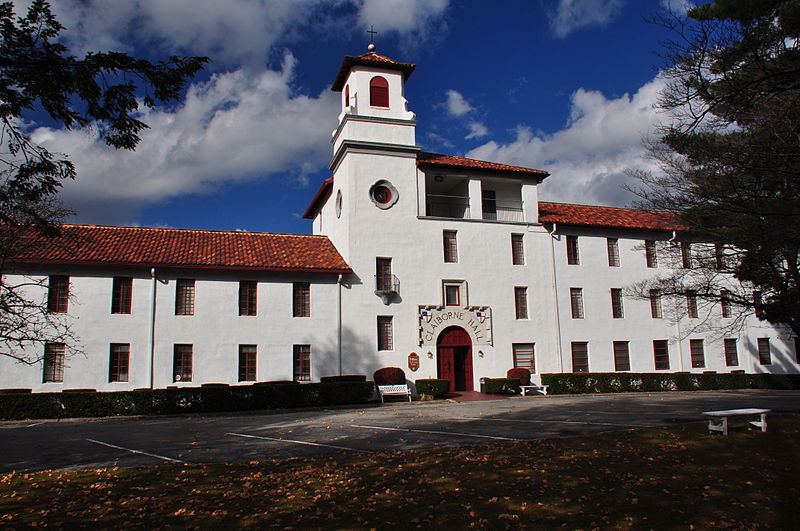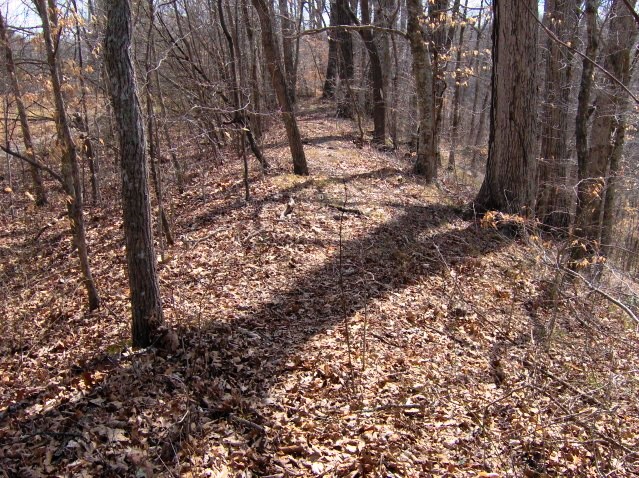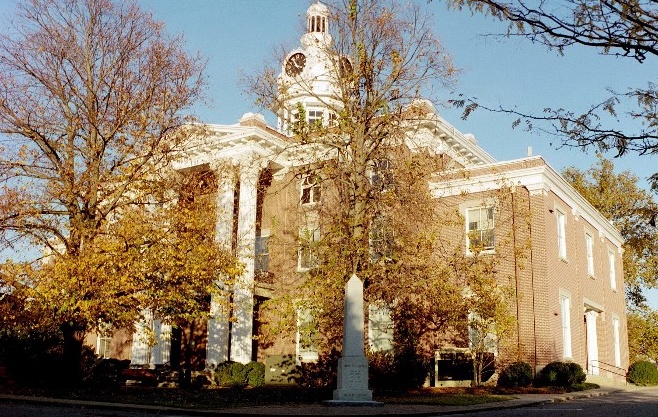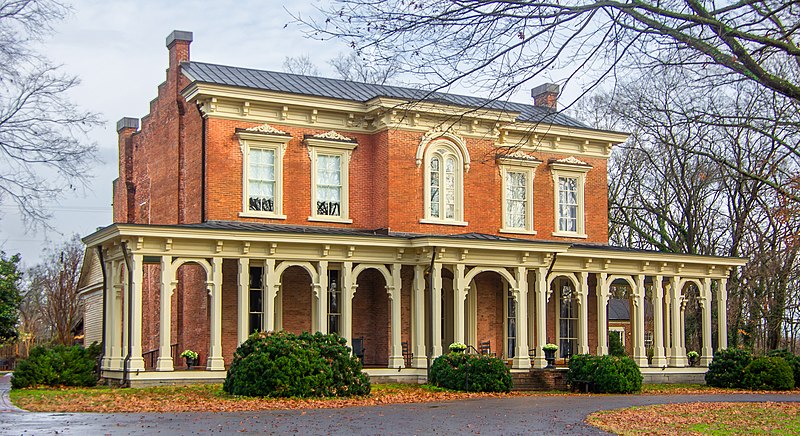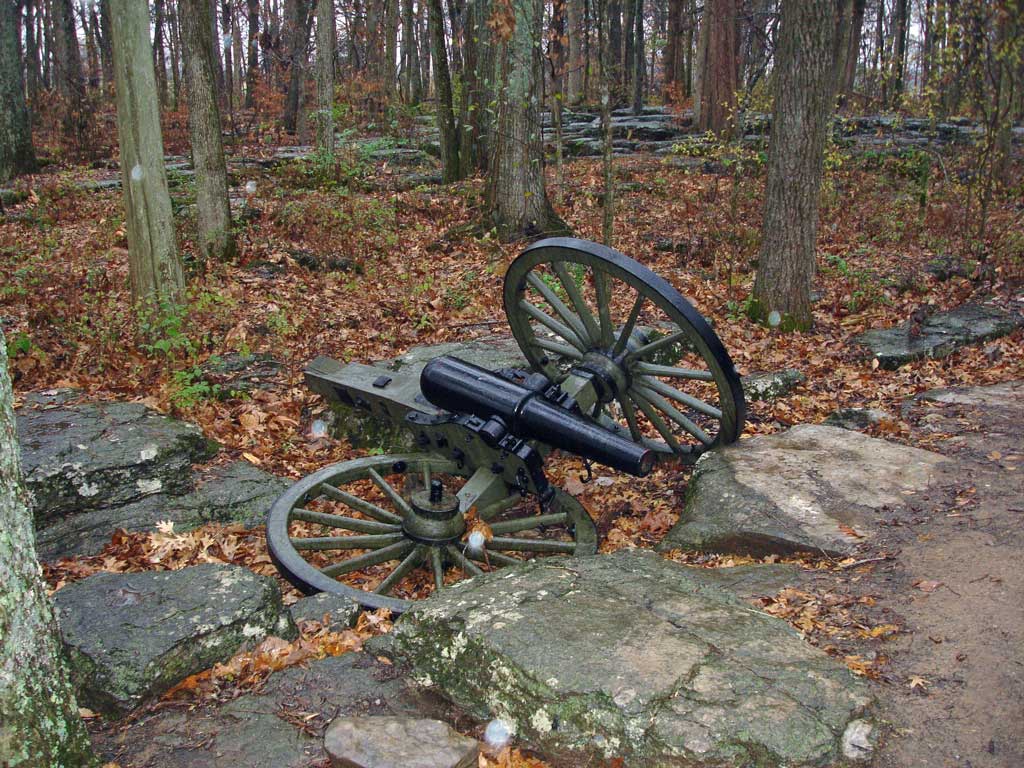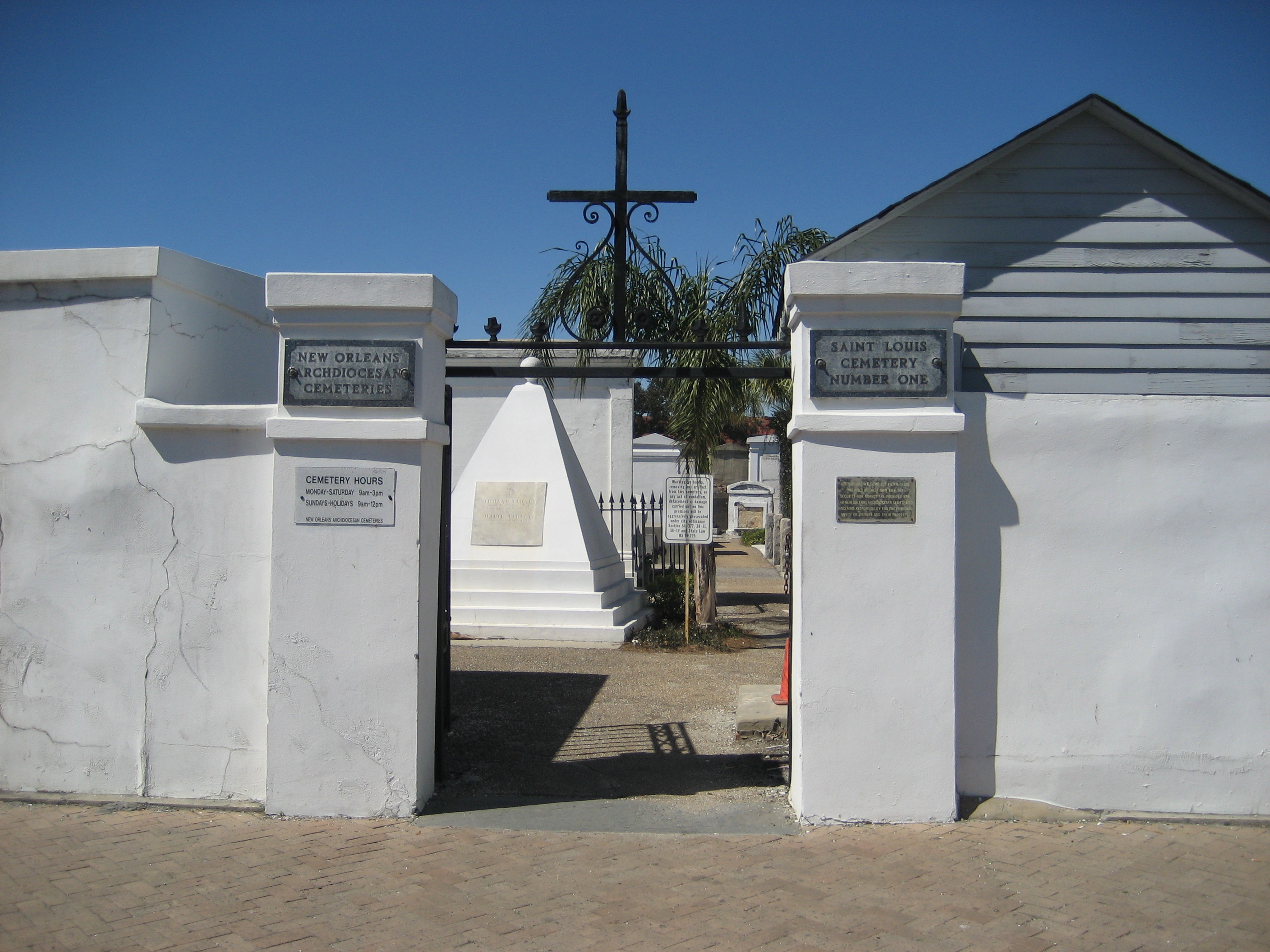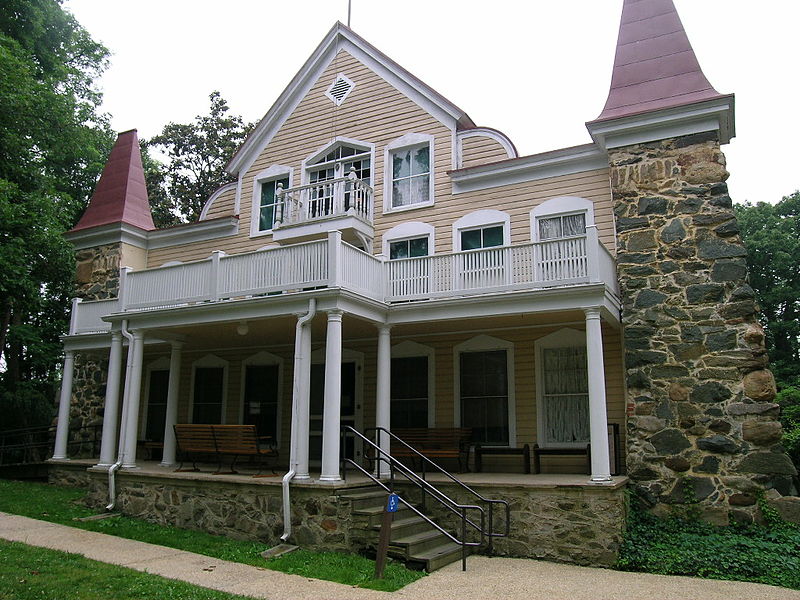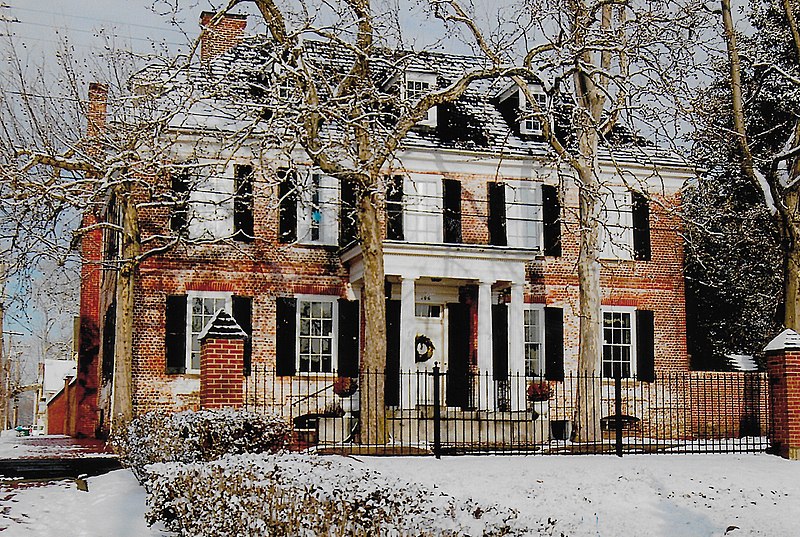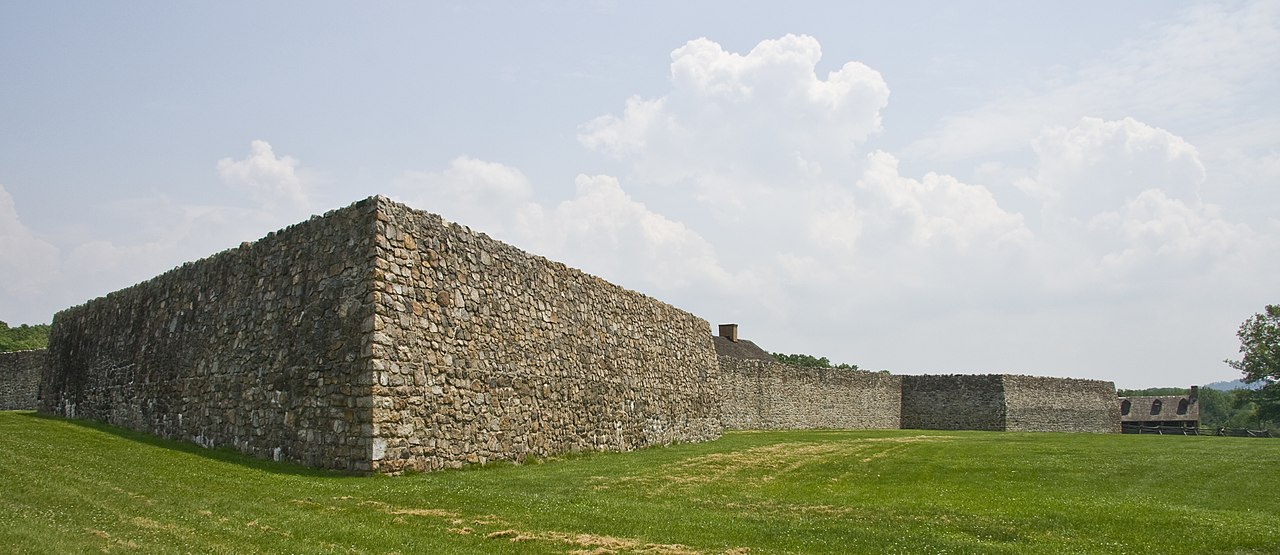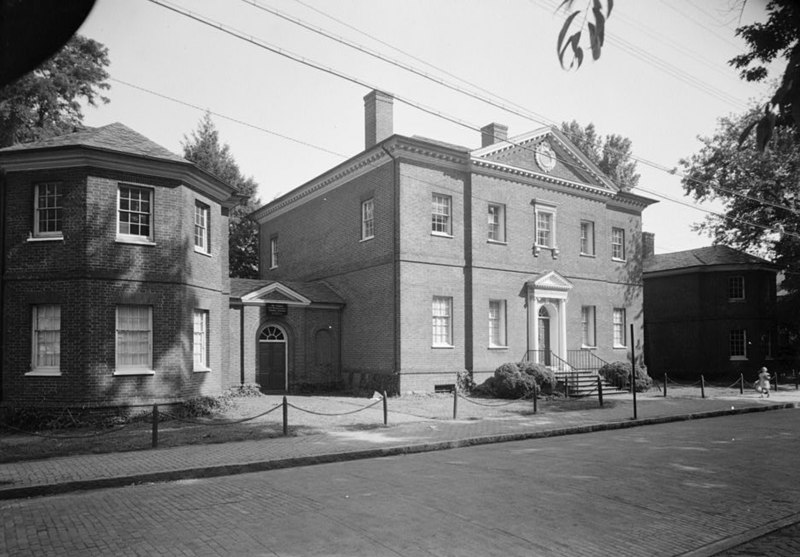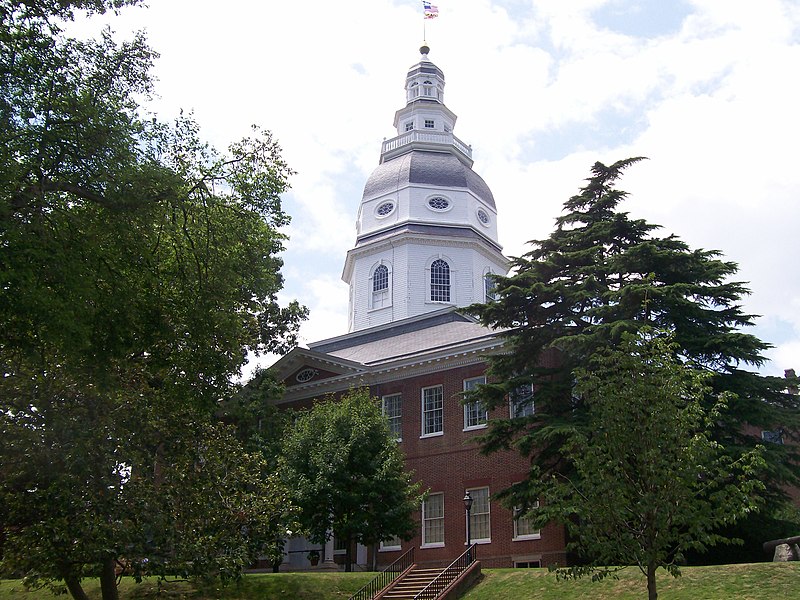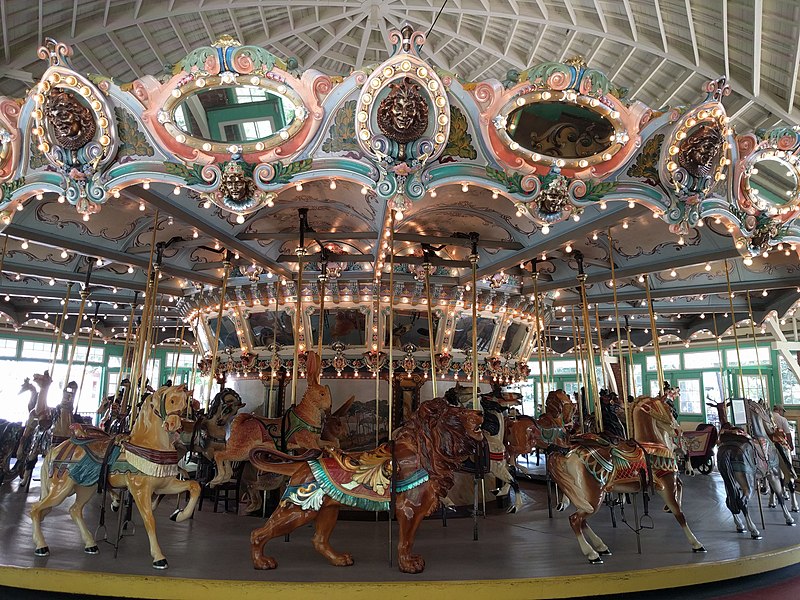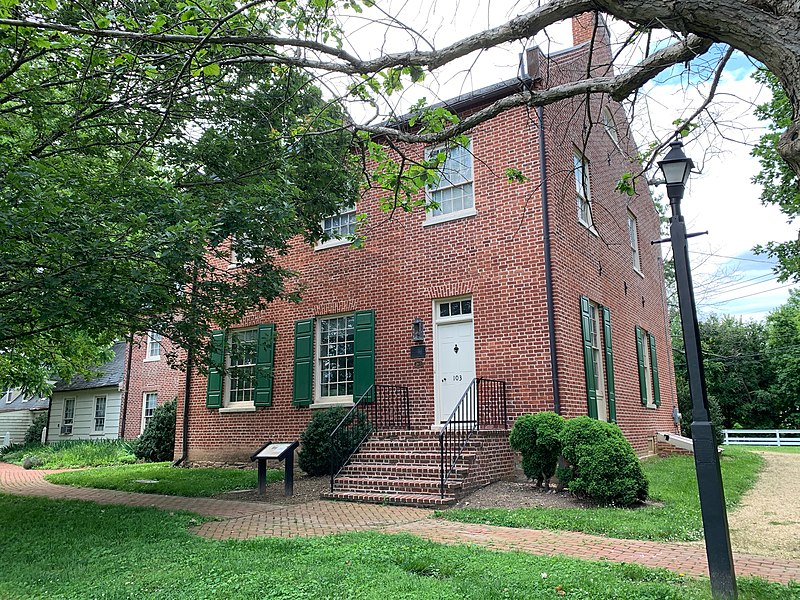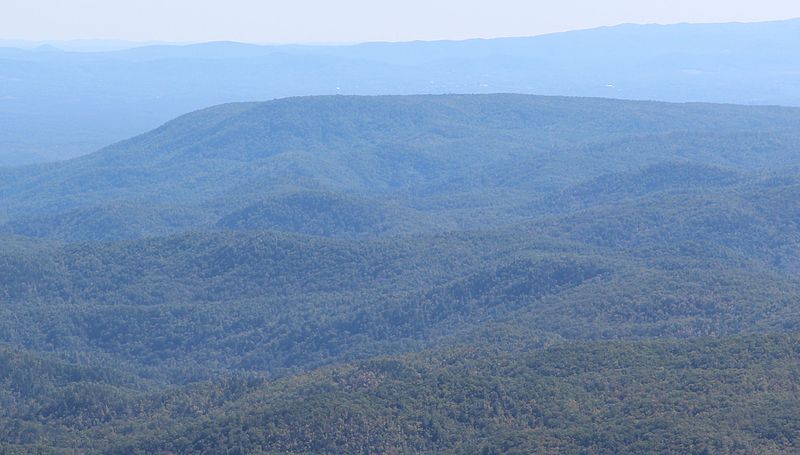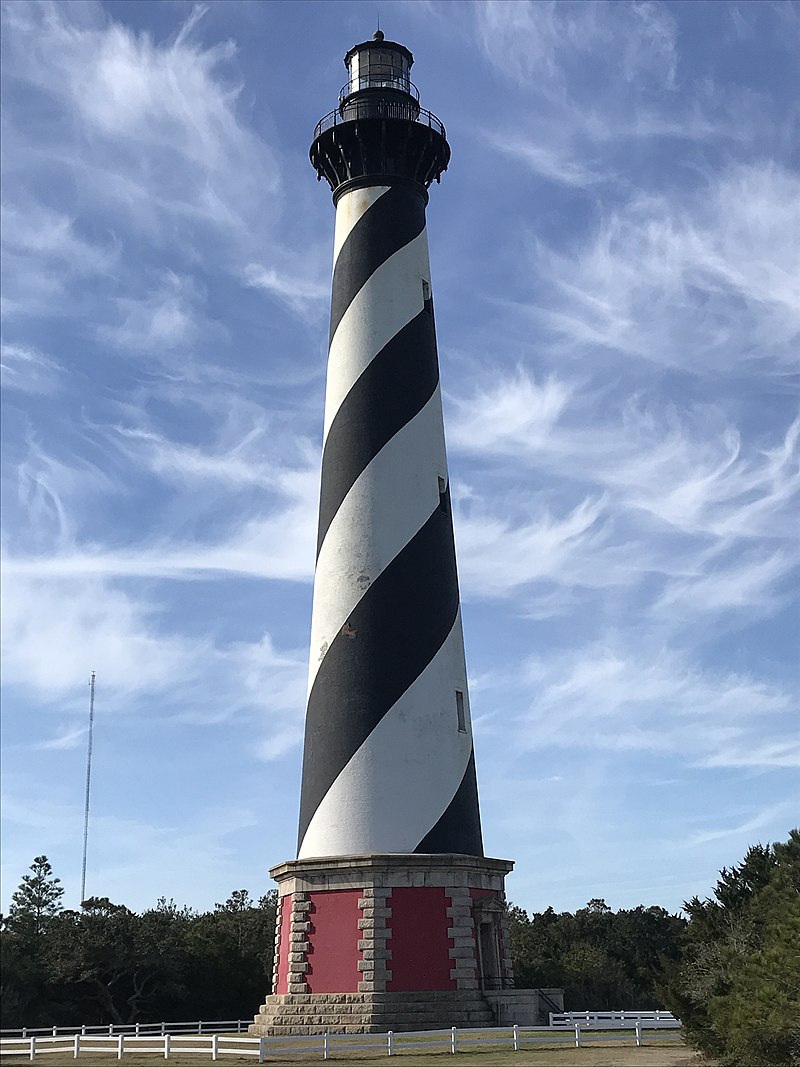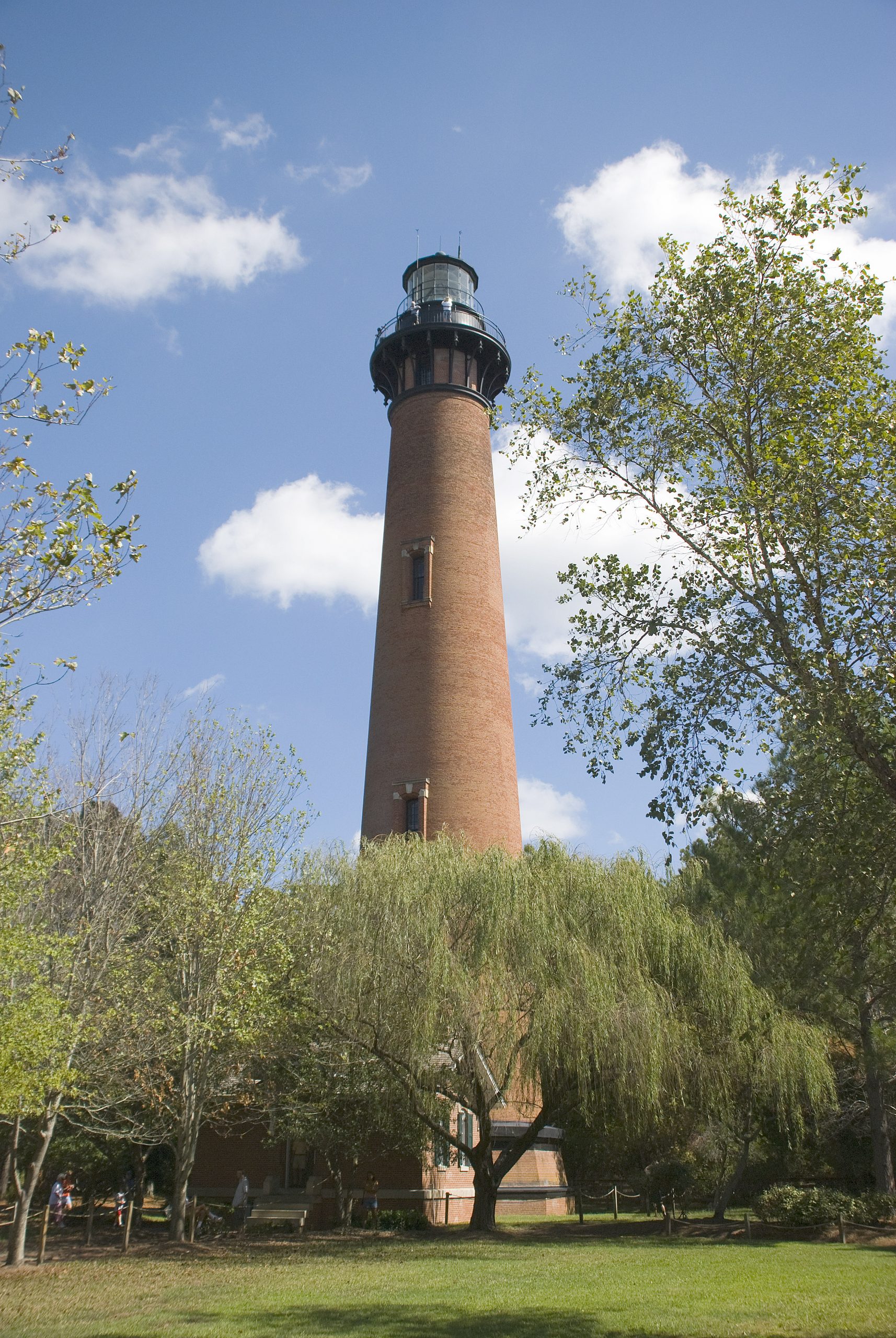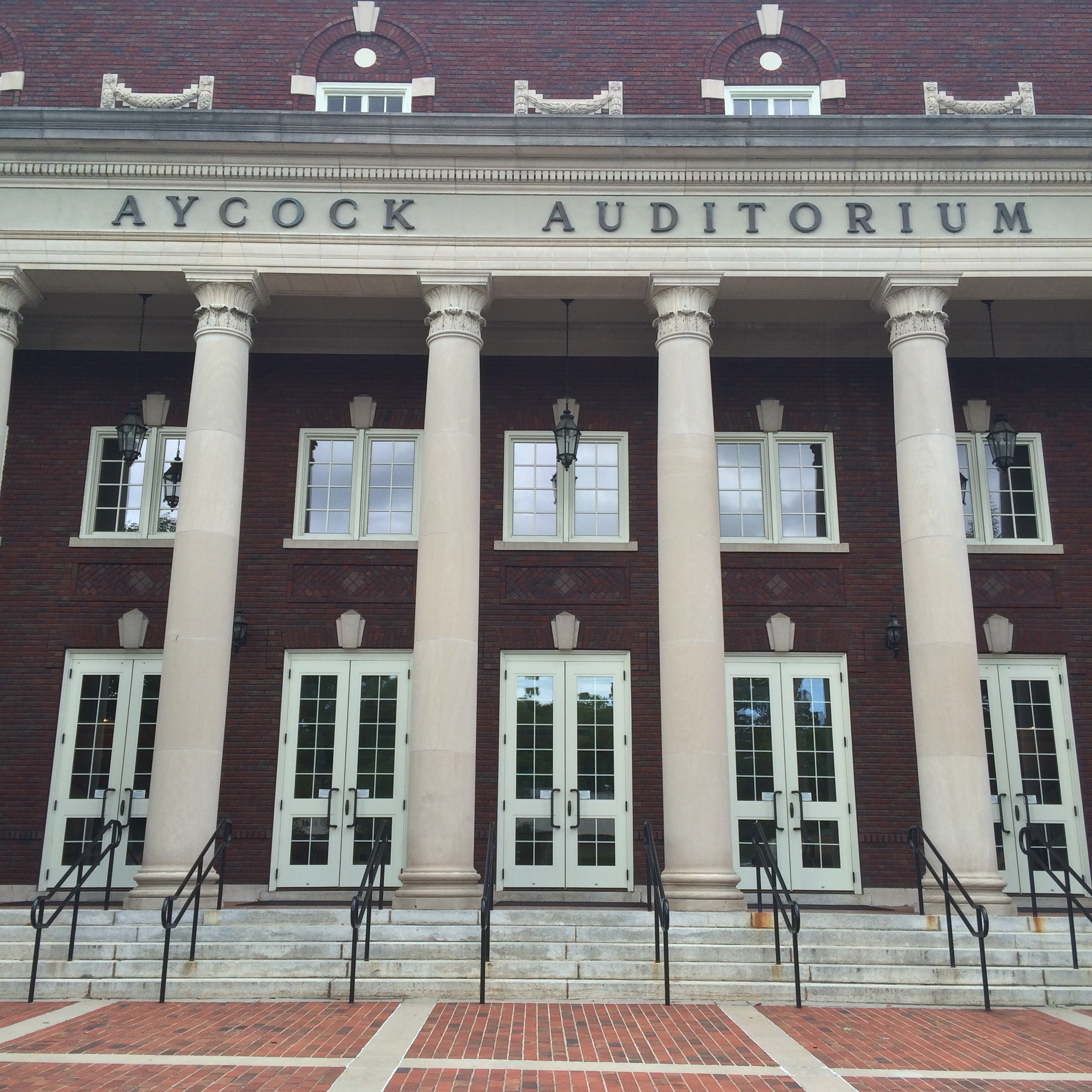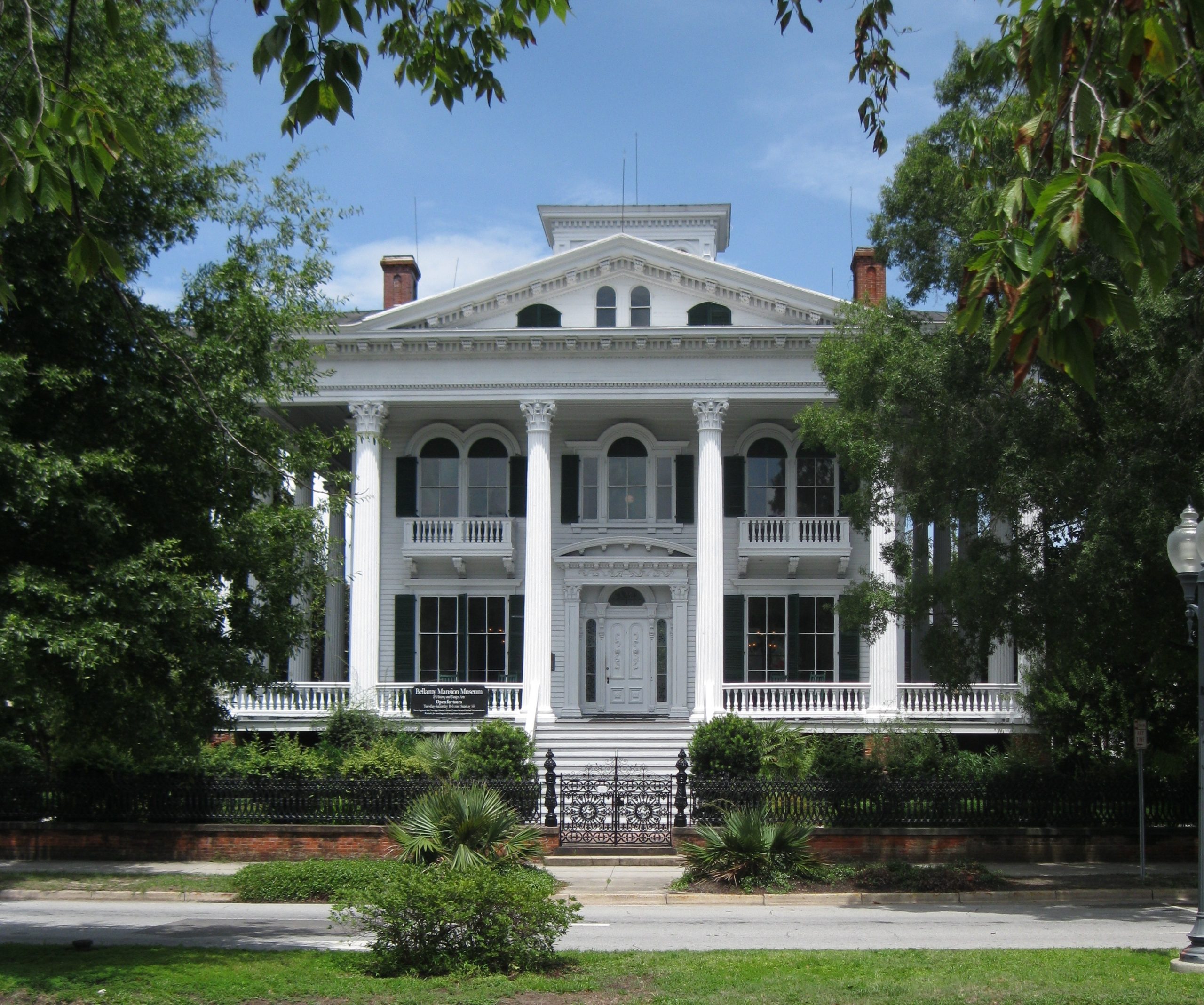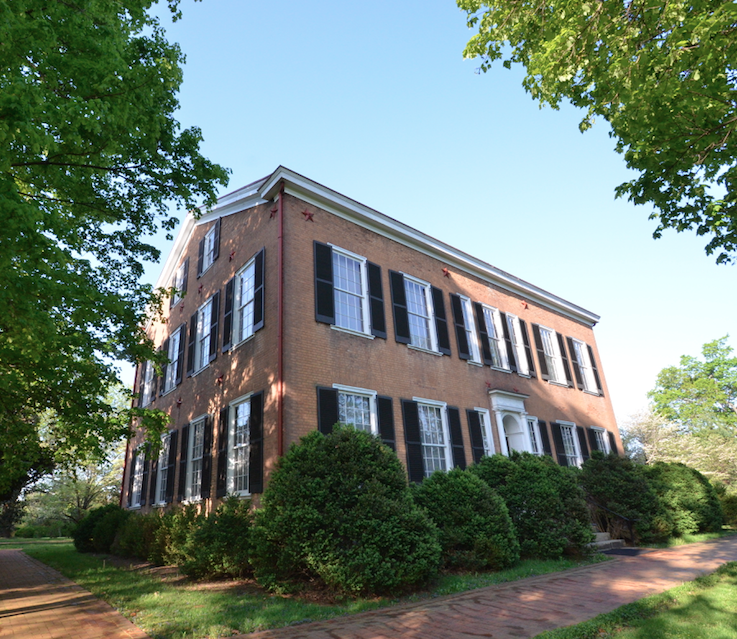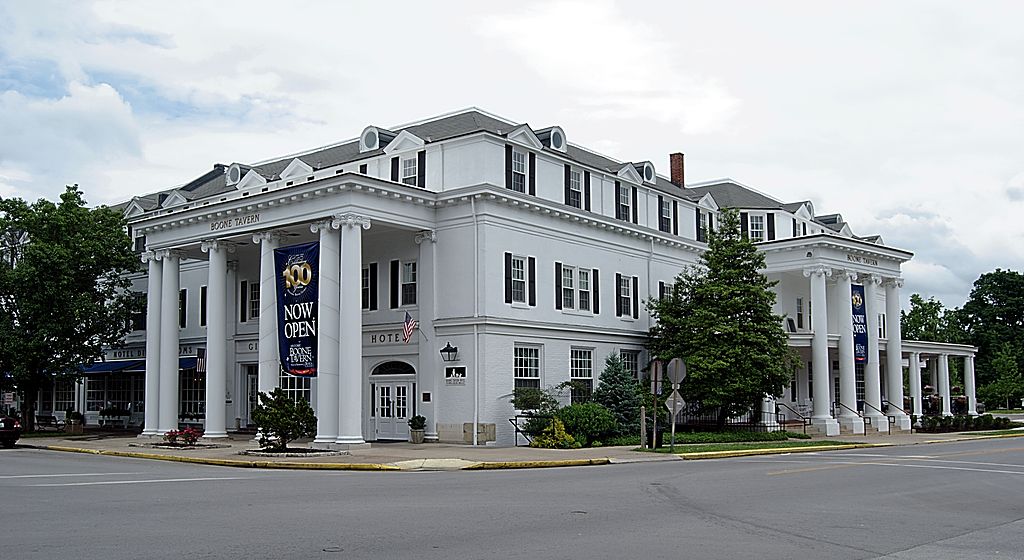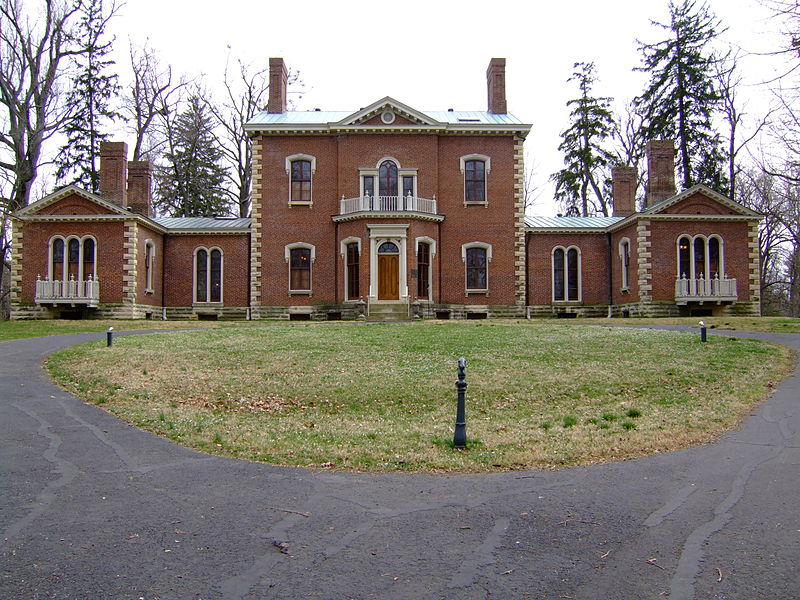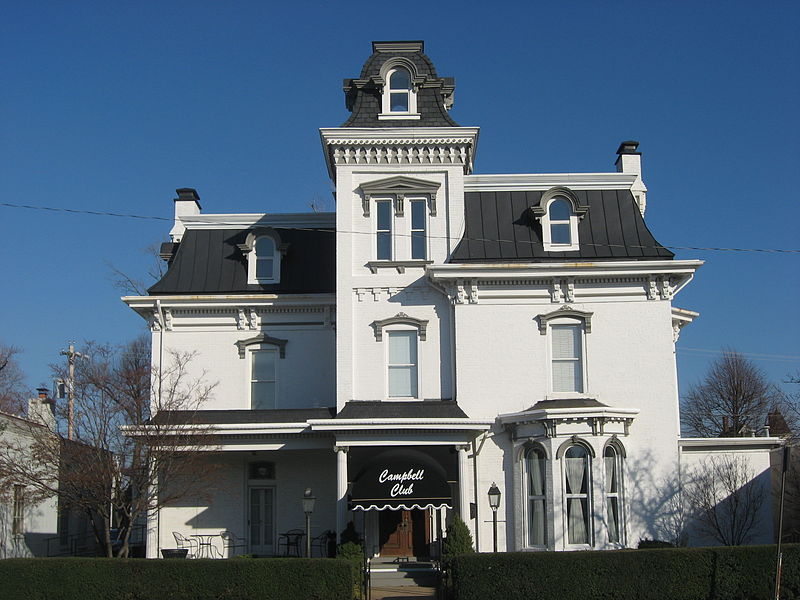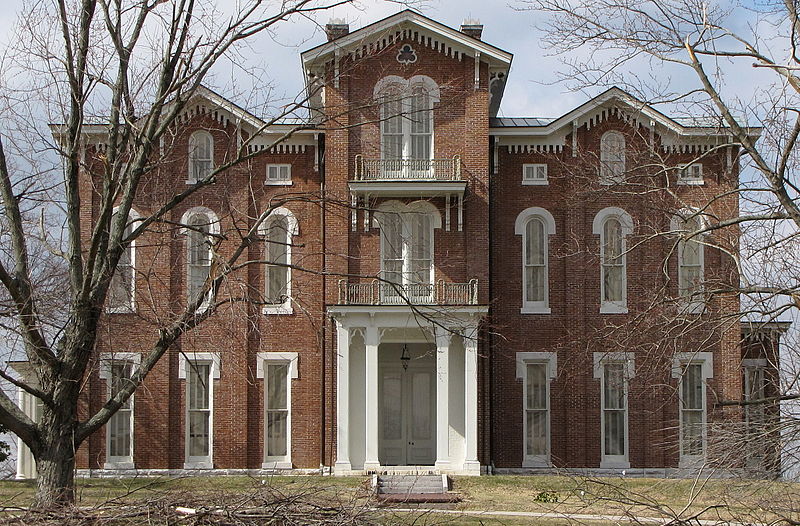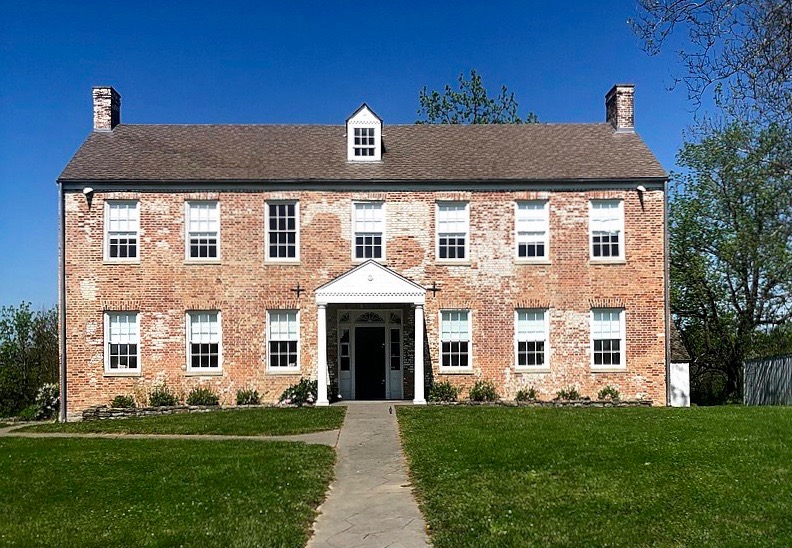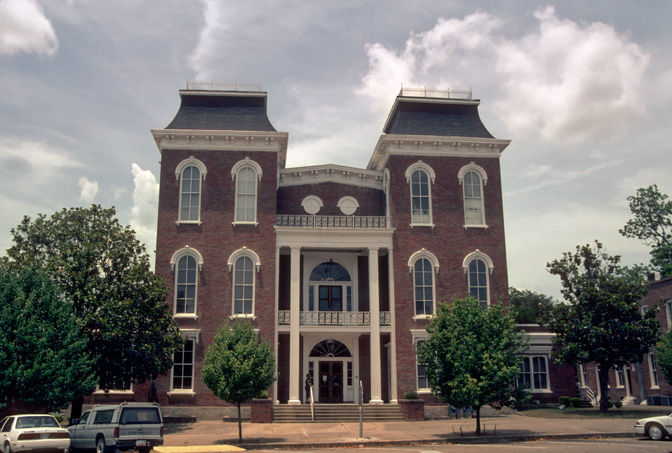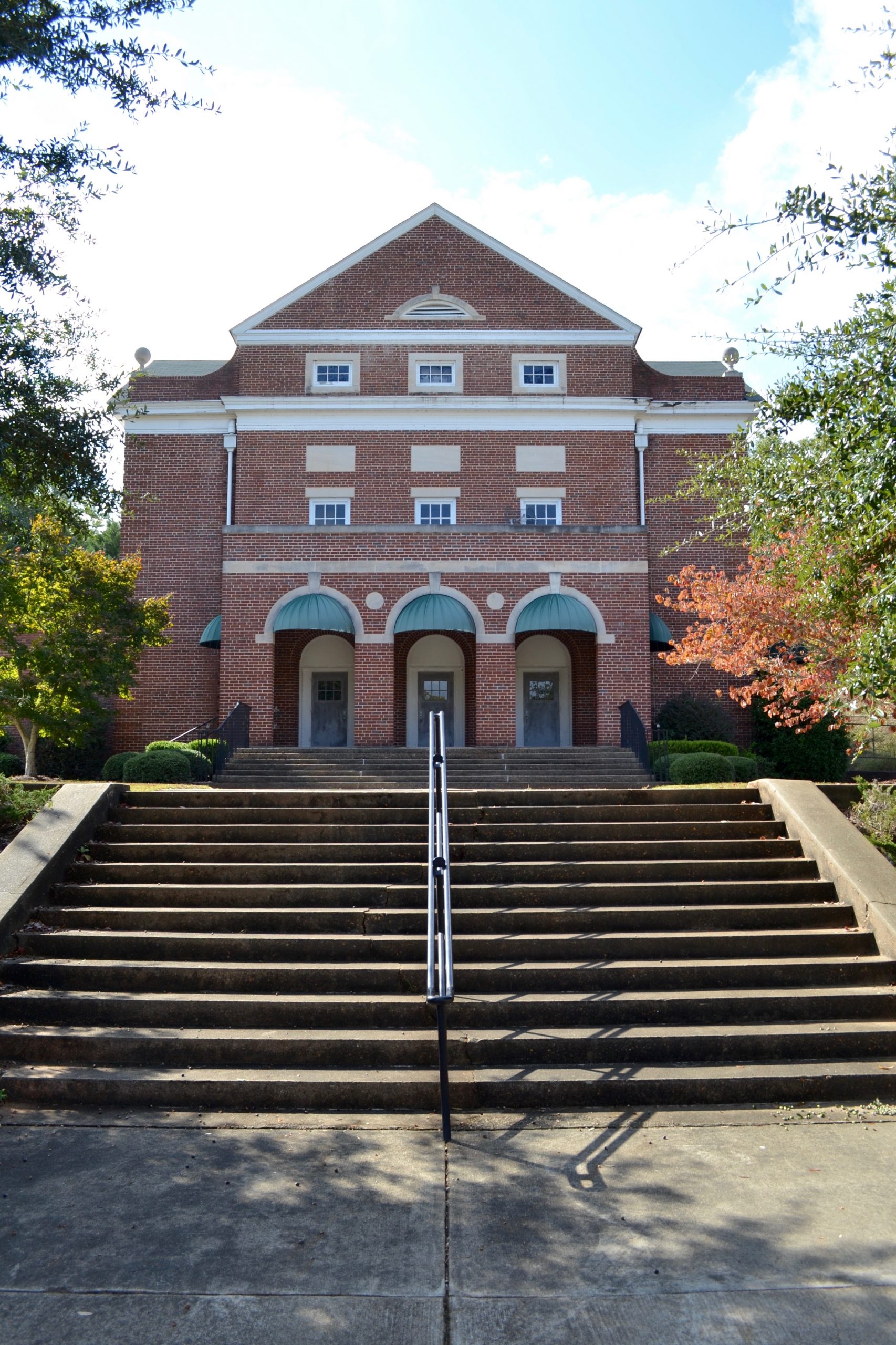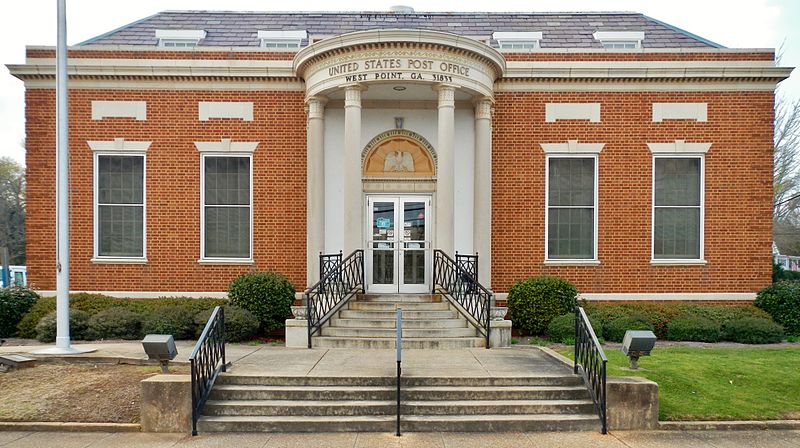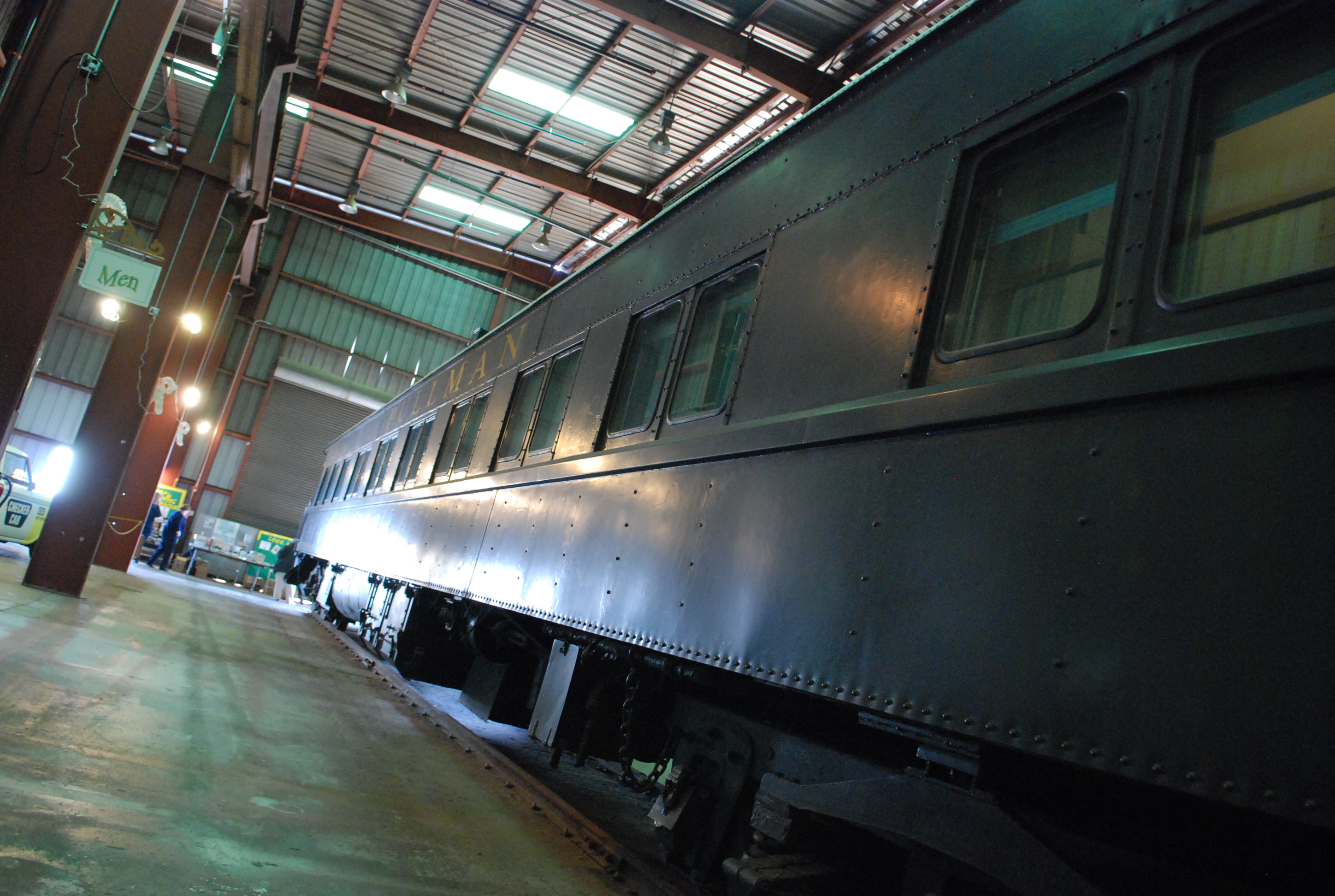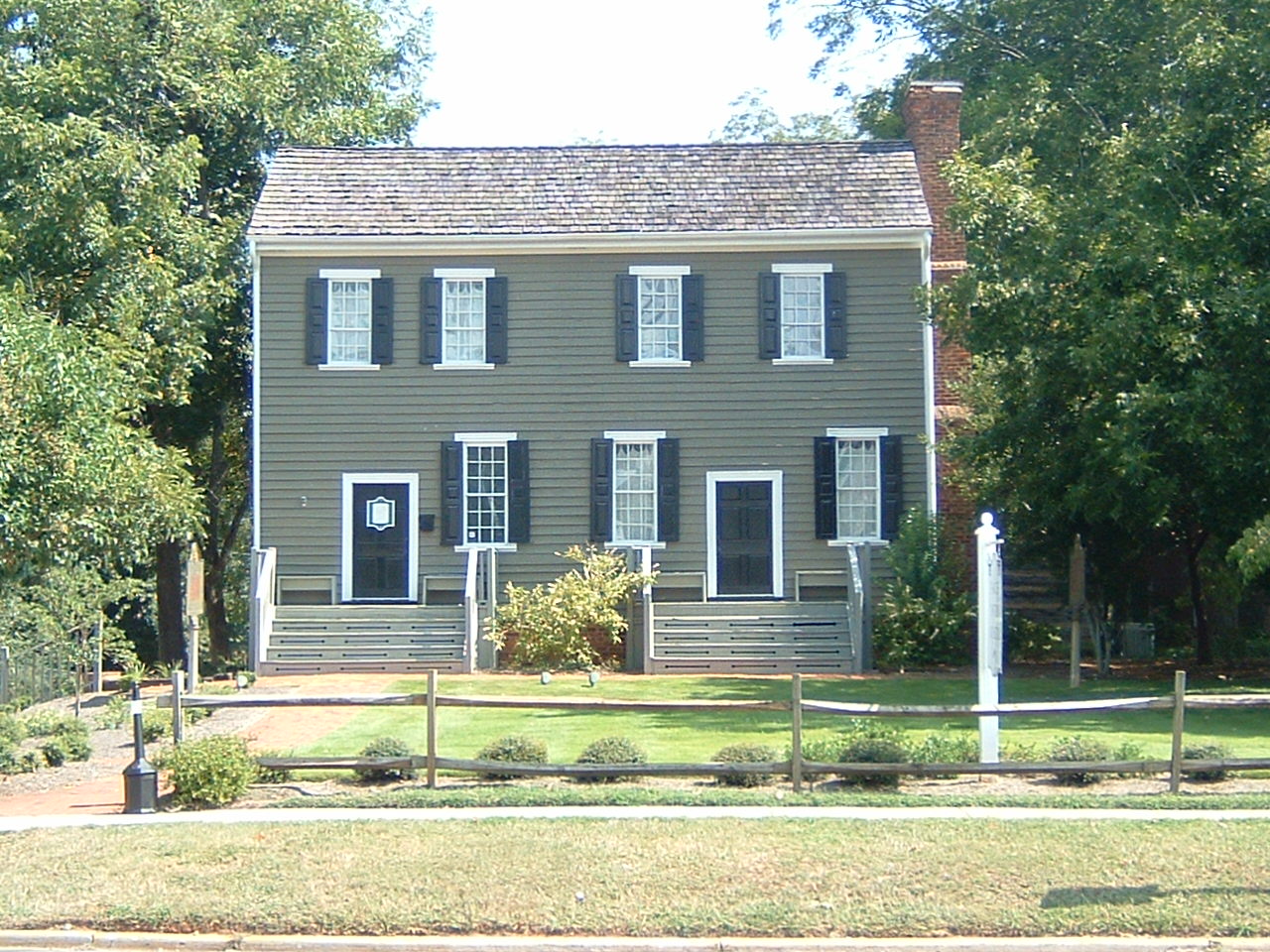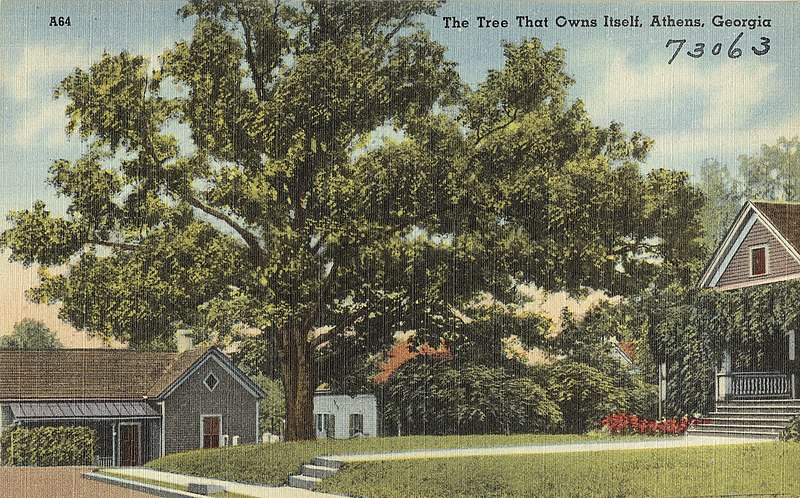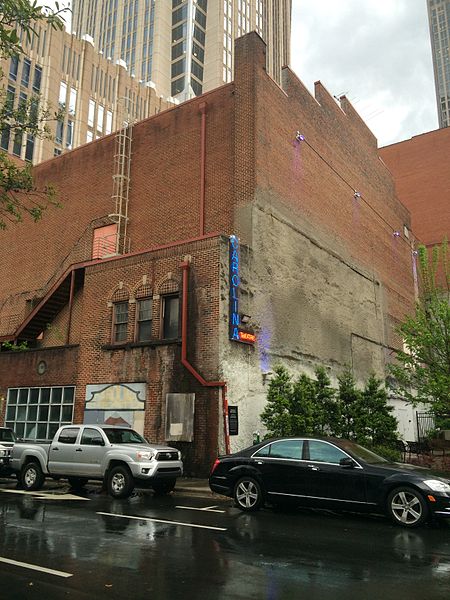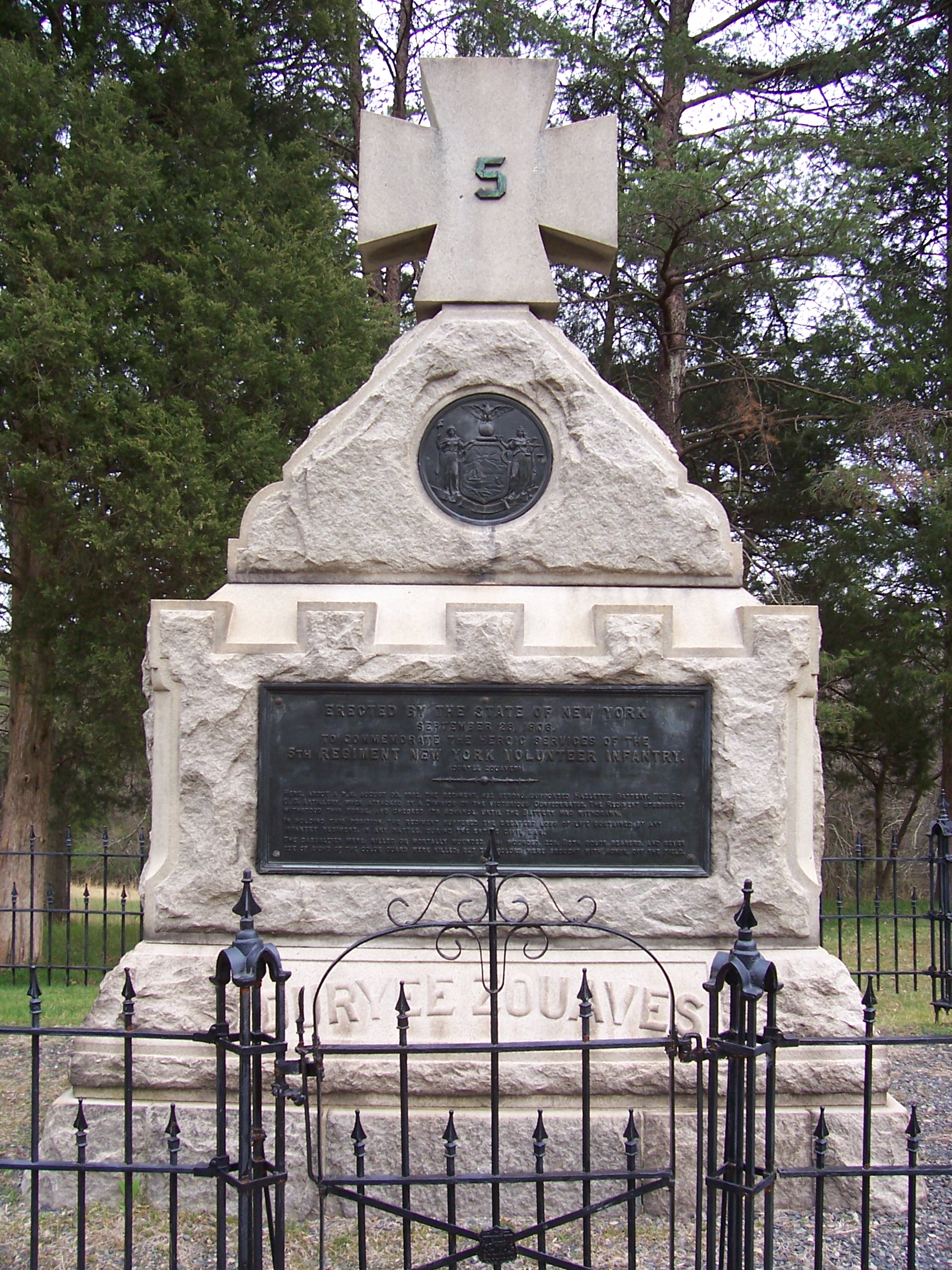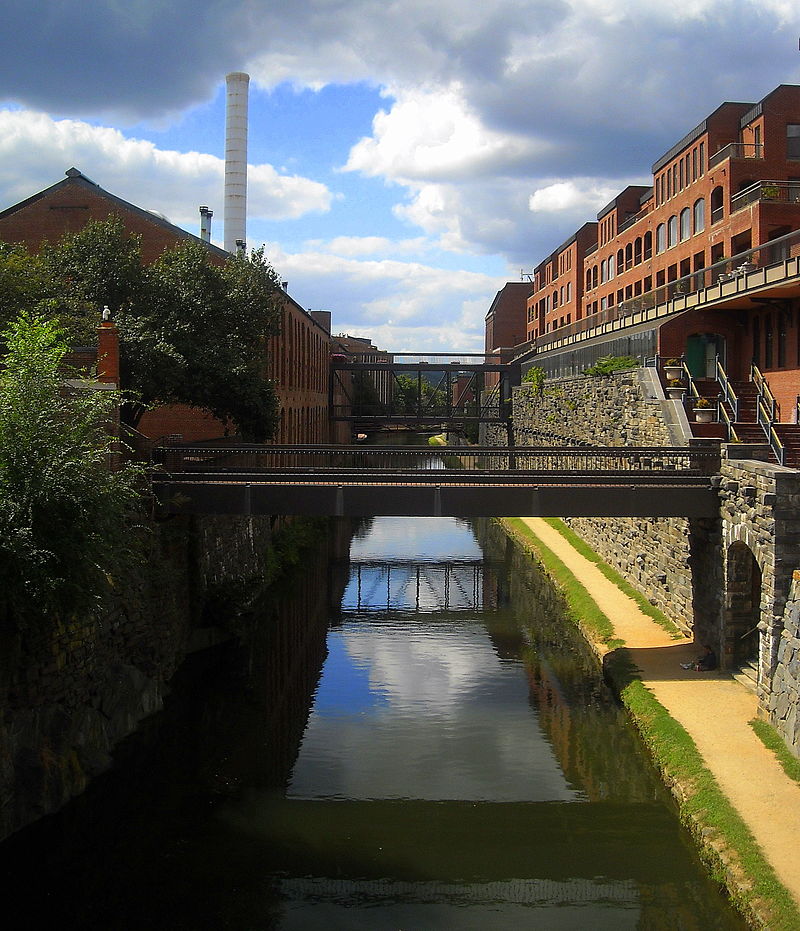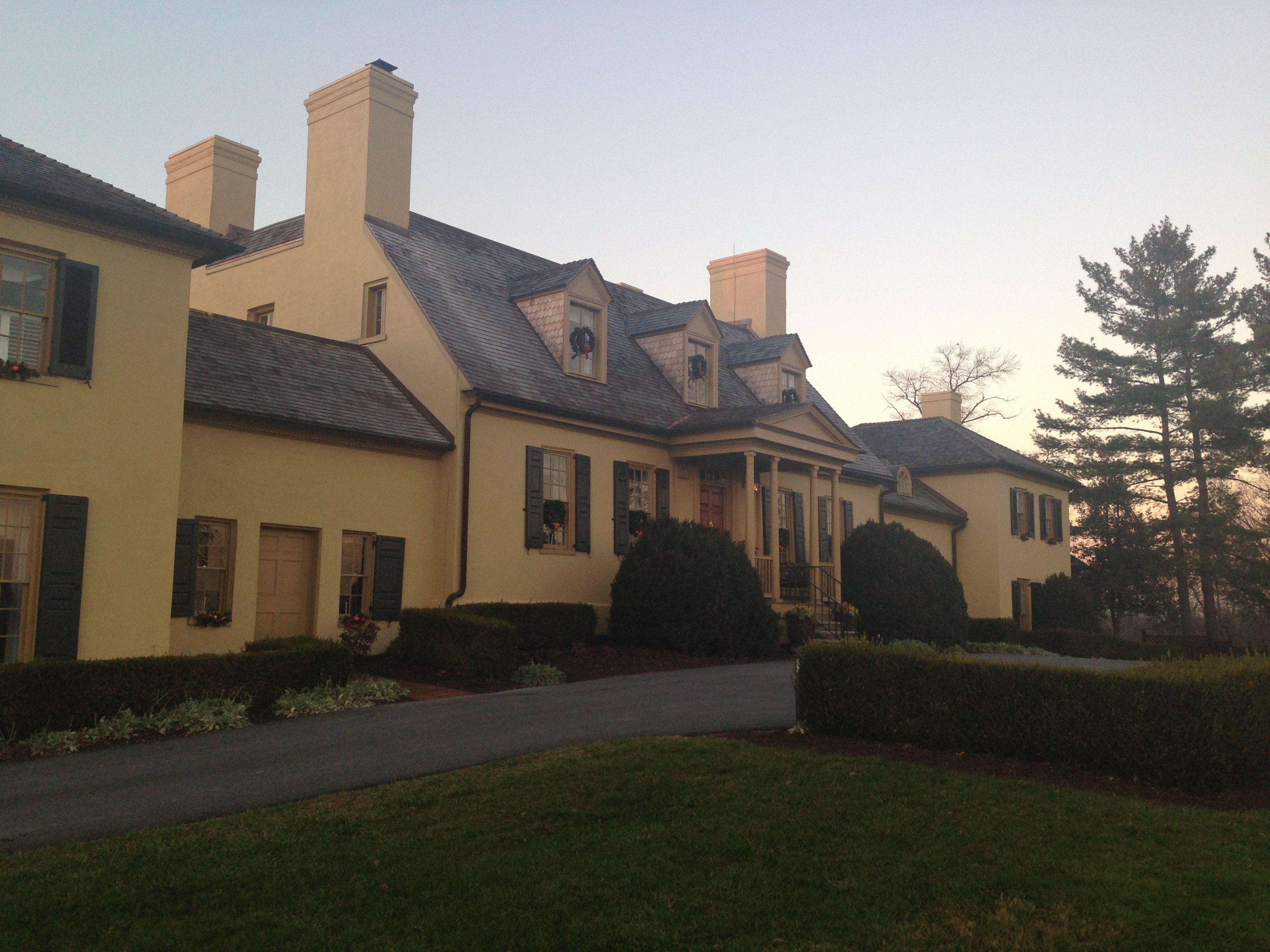Thirteen years ago, I started this blog and early on, I did a series of articles highlighting places in each of the thirteen states I cover. Those early articles have mostly been updated and separated into their own articles. Please enjoy this updated version of those early articles.
Bladon Springs Cemetery
Bladon Springs Road
Bladon Springs
A Haunted Southern Book of Days–9 January
This article is a part of an occasional blog series highlighting Southern hauntings or high strangeness associated with specific days. For a complete listing, see “A Haunted Southern Book of Days.”
Located near the Tombigbee River, this cemetery and its well-known ghost story recall another disaster that occurred here. In 1913 as the steamboat James T. Staples neared the bend in the river near here, it was rocked by an explosion sending twenty-six souls and the ship to the bottom of the river. Shrouded in mystery, however, are the events leading up to the sinking.

The ship’s captain, Norman Staples—the ship was named after his father—had lost the ship to creditors after experiencing a financial reversal in December 1912. Depressed with the loss of his ship, Norman Staples committed suicide just after the New Year. A few days later, the crew of the ship began to see the shadowy form of the ship’s former owner in the boiler room. Legend says that that crew quit and had to be replaced before the ship steamed north. Just prior to the ship’s explosion, the rats aboard reportedly began to flee the doomed ship.
Norman Staples was laid to rest in this cemetery along with his wife and three of their children, none of whom reached the age of six. Norman’s sad spirit is said to patrol the grounds of this cemetery, his eyes never averting from the river where his beloved ship went down.
Sources
- Ward, Rufus. “Ask Rufus: Ghosts of the Tombigbee.” The Dispatch (Columbus, MS). 25 October 2014.
- Hauck, Dennis William. Haunted Places: The National Directory. NYC: Penguin, 2002.
- Higdon, David and Brett J. Talley. Haunted Alabama Black Belt. Charleston, SC: History Press, 2013.
D. E. Jackson Memorial Hospital
30338 Lester Road
Lester
If you hear screams emanating from this old, defunct Limestone County medical facility, they may not be ghosts. Over the past few years, this hospital has been transformed into a charity haunted house attraction at Halloween. According to local newspapers, this facility opened in the 1940s and served the Lester area until the 1990s. It was used as a drug rehab facility until it closed for good sometime thereafter. Prior to its closure, former staff whispered about paranormal activity. Volunteers working in the haunted house have reported hearing voices and seeing a locked door open on its own accord. Additionally, a lady in white has been spotted in and around the building.
Sources
- Hollman, Holly. “Haunted hospital a prescription for frightening fun.” Decatur Daily. 1 October 2010.
- Nicole, Ashleigh. “Northern Alabama’s Haunted Attraction: Lester Haunted Hospital.” Newsbreak. 24 September 2023.
- Scripps, Lora. “Haunted hospital ready to scare you out of your wits.” News-Courier (Athens, AL). 22 September 2011.
George O. Baker House (private)
600 Dallas Avenue
Selma
As the Battle of Selma raged outside the George O. Baker House in April of 1865, seventeen women and children huddled within this 1854 Italianate home. Two gravely wounded soldiers took shelter here, and both were cared for despite being from opposite sides. The Confederate soldier was taken to the nearby hospital while the Union soldier languished in the hall. According to the home’s owner, “he was reported to be a kind one as some of the children here received peanuts from him just before he expired.” The blue-clad soldier died on the floor of the hall just under the staircase. His blood stains are still visible.
Over the years, many types of paranormal activity have been reported ranging from shadow figures to orbs to footsteps. One young man visiting the house some years ago, later told his mother he didn’t want to return because the “real old gentleman in the funny suit” had frightened him. Authors Higdon and Talley note that the house seems overwhelmed by a sense of sadness. The house has been investigated twice by two different paranormal teams and is featured on the Alabama Ghost Trail series on YouTube with a video of the owner speaking about the home’s ghost. Please respect the owners and residents of this private home.
Sources
- Alabama Ghost Trail. “Baker Home.” YouTube. 19 July 2009.
- Higdon, David and Brett J. Talley. Haunted Alabama Black Belt. Charleston, SC: History Press, 2013.
Kenan’s Mill
188 Dallas County Road 236
Selma
While investigating Kenan’s Mill with the Alabama Paranormal Association, author and investigator Dale Langella felt something touch her in the charcoal kiln. “That never happens to me. I never get so freaked out like that and scream. I’ve been grabbed by spirits before, but I guess I just wasn’t expecting that,” she told a reporter from the Selma Times-Journal. The spirits here seem to enjoy physically touching visitors. In her book, Haunted Alabama Battlefields, Langella describes the myriad ways that visitors have been touched.
One young lady visiting the mill one evening felt something grab her leg and heard a male voice saying, “Help me.” Looking down, the young lady was shocked to see a wounded Confederate soldier clutching her leg. Other visitors have felt a burning sensation on their buttocks or felt something tug at their clothing; all this in addition to apparitions and odd flashes of light that sometimes appear throughout the site. The Selma Times-Journal quotes Langella as remarking that the site is “highly active.”
Built in the 1860s, the mill remained in the Kenan family until it was donated to the Selma-Dallas County Historic Preservation Society in 1997. This site was quite active during the Civil War, serving as a collection point for Confederate forces throughout central Alabama; as a result, the grounds were used as a field hospital. After the war, the mill served many farmers in the local area. The mill is now operated as a museum.
Sources
- Johnson, Ashley. “Paranormal society finds activity in Selma.” Selma Times-Journal. 29 August 2012.
- Langella, Dale. Haunted Alabama Battlefields. Charleston, SC: History Press, 2013.
Kenworthy Hall (Carlisle-Martin House) (private)
AL 14
Marion
Among the most unique Southern plantation homes, Kenworthy Hall was built for cotton planter and factor Edward Kenworthy Carlisle. The home was once the seat of a 440-acre estate and plays host to a classic Alabama ghost tale. Designed by noted British-American architect Richard Upjohn, the house is modeled on an Italian villa and features a unique square tower that figures into the home’s ghost story. As one of Upjohn’s masterpieces, the house was named a National Historic Landmark in 2004.

Kathryn Tucker Windham’s story of Kenworthy Hall centers on Edward Carlisle’s daughter, Anne. The young woman enjoyed spending time in the room at the top of the home’s tower. As young men across the South were signed up or called for military duty in the days leading to the Civil War, Anne’s beau was one of the first young men in the area to sign up.
He promised his lady that his slave would carry news to her and would carry a red flag if he had been killed. Keeping vigil in the tower room, Anne spotted the slave returning one afternoon bearing a red flag. She uttered a cry and threw herself over the railing of the staircase. Tradition speaks of that anguished cry still being heard on moonlit nights. Please respect the owners and residents of this private home.
Sources
- Higdon, David and Brett J. Talley. Haunted Alabama Black Belt. Charleston, SC: History Press, 2013.
- Mellown, Robert & Robert Gamble. National Register of Historic Places nomination form for Kenworthy Hall. January 2003.
- Windham, Kathryn Tucker and Margaret Gillis Figh. 13 Alabama Ghosts and Jeffrey. Tuscaloosa, AL: University of Alabama, 1969.
McIntire-Bennett House (private)
1105 Sycamore Street
Decatur
One of the most storied houses in Alabama, the McIntire-Bennett House played a prominent part in state history throughout the 19th century. Completed around 1836 on a bluff overlooking the Tennessee River, the house’s strategic location brought it to prominence during the Civil War. As control of the city passed between Confederate and Union forces, the house served as headquarters for various generals, which is perhaps the reason why it was one of a handful of buildings left standing in town after the war. Following the war, the house was purchased by Joseph Hinds who served as U.S. Consul General to Brazil. Here, Hinds’ daughter Grace was born in 1879. She would marry British Lord Curzon and become a well-known socialite in the Gilded Age.

Legend holds that while the house was under Union control, it was receiving considerable fire from snipers located in the Old State Bank (see my entry on the bank here) building downtown. When one of the soldiers was shot and killed, his comrades had no way of disposing of the body. The soldiers cut a hole in the floor of the parlor and buried their friend under the house. The home’s current owner has been under the house, and his wife told the local paper, “There is dirt under there, and a hole cut out.”
The bedroom directly above that parlor is known as the “Ghost Room,” and it is here that a female wraith is said to appear to those in the room alone. She is supposed to lead people to the parlor and stand over the grave of the unfortunate soldier. While the home’s current owners have not encountered the female entity, they note that the room is apparently always much cooler than the rest of the house. The house remains a private residence, please respect the privacy of the owners and residents.
Sources
- Gamble, Robert. National Register of Historic Places nomination form for Rhea-McIntire House. 11 June 1984.
- Godbey, Catherine. “Pre-Civil War era home features ghost room, tales of Union soldier buried there.” Decatur Daily. 4 December 2011.
- Norman, Michael and Beth Scott. Historic Haunted America. NYC: TOR, 1995.
Old Morgan County Courthouse
24 Courthouse Square
Somerville
The oldest courthouse remaining in the state, this courthouse was built in 1837 to serve Morgan County. When the county seat moved to the bustling town of Decatur in 1891, the records were removed by an armed guard under cover of night to prevent locals from sabotaging the move.

In 2007 this historic courthouse, now a museum and community center, was investigated by the local Somerville Paranormal Apparition Team (SPAT). Among the evidence discovered in this Federal-style building were a handful of EVPs.
Sources
- Floyd, W. Warner. National Register of Historic Places nomination form for Somerville Courthouse. No Date.
- Huggins, Paul. “Somerville’s ghost hunters.” Decatur Daily. 20 August 2007.
Phenix City Riverwalk
By the Chattahoochee River
Phenix City
The banks of the Chattahoochee River here have seen human activity for centuries. Evidence discovered in this area indicates that Native American villages had thrived along this river for centuries before white occupation. In the early 19th century, the eastern bank here saw the development of Columbus, Georgia, which would be incorporated in 1828, while this side of the river remained Indian territory inhabited mostly by Muscogee Creek and Yuchi people with a smattering of white pioneers.

A historical marker along the Riverwalk commemorates the execution of six Muscogee and Yuchi men who were accused of attacking the village of Roanoke in Stewart County, Georgia. Roanoke was mostly destroyed, several white settlers were killed, and the six accused men were hung here for the attack in November of 1836.
This section of the river saw much development as the end of the navigable portion of the Chattahoochee River. Cotton and other goods from nearby plantations were loaded here on ships bound for the Gulf of Mexico, and Wilson’s Raiders swept this area in April of 1865, towards the end of the Civil War.
The Chattahoochee Riverwalk on both sides of the river apparently has a variety of activity. On this side of the river, walkers and bikers have been followed by shadowy spirits that have caused some bikers to have accidents. As this section of the river has seen so much historical activity, it is difficult to determine the identity of the spirits.
Sources
- Serafin, Faith. Haunted Columbus, Georgia: Phantoms of the Fountain City. Charleston, SC: History Press, 2012.
Rowand-Johnson Hall
Campus of the University of Alabama
Tuscaloosa
Hurrying towards a class in Rowand-Johnson Hall some years ago, a student passed an elegant older woman on the sidewalk. Being a proper Southerner, he smiled and wished her a good morning. The woman smiled in acknowledgment and said nothing. Entering the lobby of the building he noted that the woman he saw was the same as the woman whose portrait graced the room: Marian Gallaway. He stopped into the office of the head of the theatre department saying, “I just saw Marian Gallaway.”
The department head replied, “Unlikely, she’s been dead for eleven years.”
Rowand-Johnson Hall, built in 1955, houses the university’s Department of Theatre and Dance and two theatres: the Marian Gallaway and the Allen Bales Theatres. The theatre names pay homage to two beloved professors: Dr. Bales, a speech professor and noted actor and director, and Mrs. Gallaway, longtime director of the University Theatre. While Dr. Bales is not believed to be among the numerous spirits on this most haunted of campuses, Mrs. Gallaway’s spirit has become a part of the campus’ ghostlore tradition.
When in doubt, young student actors will implore Mrs. Gallaway for guidance. “How’s my blocking, Mrs. Gallaway?” they will ask and glance towards the projection booth where her spirit is supposed to appear. Though, sources do not provide if her appearance answers their question. Mrs. Gallaway also still attends performances and is sometimes seen sitting in the second row by theatre patrons who recognize her from her portrait in the lobby. Other legends note that when theatre students are lollygagging and avoiding learning lines or studying that Mrs. Gallaway will slam doors and make loud noises in the building to correct these wayward students. Great theatre directors will even direct from the grave, it seems.
Sources
- Cobb, Mark Hughes. “Who haunts the halls of Tuscaloosa?” Tuscaloosa News. 25 October 2009.
- Higdon, David and Brett J. Talley. Haunted Tuscaloosa. Charleston, SC: History Press, 2012.
- “UA Campus Tour: Rowand-Johnson Hall.” University of Alabama. Accessed 21 March 2013.
Samford Hall
Campus of Auburn University
Auburn
A Haunted Southern Book of Days–7 February
This article is a part of an occasional blog series highlighting Southern hauntings or high strangeness associated with specific days. For a complete listing, see “A Haunted Southern Book of Days.”
Standing at the heart of Auburn University and the university’s history is Samford Hall with its spectral guard still watching over things from the building’s bell tower. It was on this site that East Alabama Male College was founded in 1859 in a building that would be fondly dubbed “Old Main.”

With the coming Civil War, Old Main–along with the Presbyterian Church, now the university chapel (see my article on the chapel here)—was utilized as a Confederate hospital. Legend holds that the front lawn was stacked with the bodies of the dead some twenty-five feet across and about six feet high while awaiting interment in nearby Pine Hill Cemetery.
During this harrowing time, a Confederate guard watched over the living and dead below, from the pair of bell towers of Old Main. When Old Main was destroyed by fire in 1887, it was replaced by a larger, more elaborate building featuring two towers of different size. Though the original building is gone, the guard has been spotted upon his perch many times. One student hurrying past the tower one evening looked up to see a man with a rifle on his shoulder in the bell tower. A local mother who allowed her young son to play on the lawn in front was shocked when her son reported seeing a man in the tower who said that he had helped burn the building.
Sources
- Kazek, Kelly. “Who wins the Ghost Bowl? An Alabama vs. Auburn challenge for Halloween.” com. 23 October 2013.
- Ollif, Martin T. “Auburn University.” Encyclopedia of Alabama. 18 August 2008.
- Sheehan, Becky. “Paranormal research team resurrects regional history.” Auburn Plainsman (Auburn University). 28 October 2013.
- Serafin, Faith, Michelle Smith and John Mark Poe. Haunted Auburn and Opelika. Charleston, SC: History Press, 2011.
Shelby Springs Confederate Cemetery
Shelby County Road 42
Calera
Visitors among the quiet ranks of grave markers here have had a variety of experiences including full apparitions, unexplained lights after dark, and physical contact from unseen forces. This cemetery was established in 1863 not far from the Confederate hospital relocated here from Vicksburg, Mississippi after the city’s fall. While most of the graves here belong to Confederate soldiers, tradition holds that a few unmarked graves beyond the fence at the back of the cemetery are those of Union soldiers.
Sources
- Johnston, Kim. Haunted Shelby County, Alabama. Charleston, SC: History Press, 2013.
- Shelby County Heritage Book Committee. Heritage of Shelby County, Alabama. Clanton, AL: Heritage Publishing Consultants, 1999.
Smith Hall
Campus of University of Alabama
Tuscaloosa
Within the hallowed halls of Smith Hall, much weirdness has been reported. From disembodied footsteps to the sounds of horses and carriage moving through the building, students and staff have had countless experiences in this building. Others have heard the droning of a lecturing professor and noisy students while a laboratory assistant working in the building’s basement was once pushed into and then locked in a closet by an unseen force.
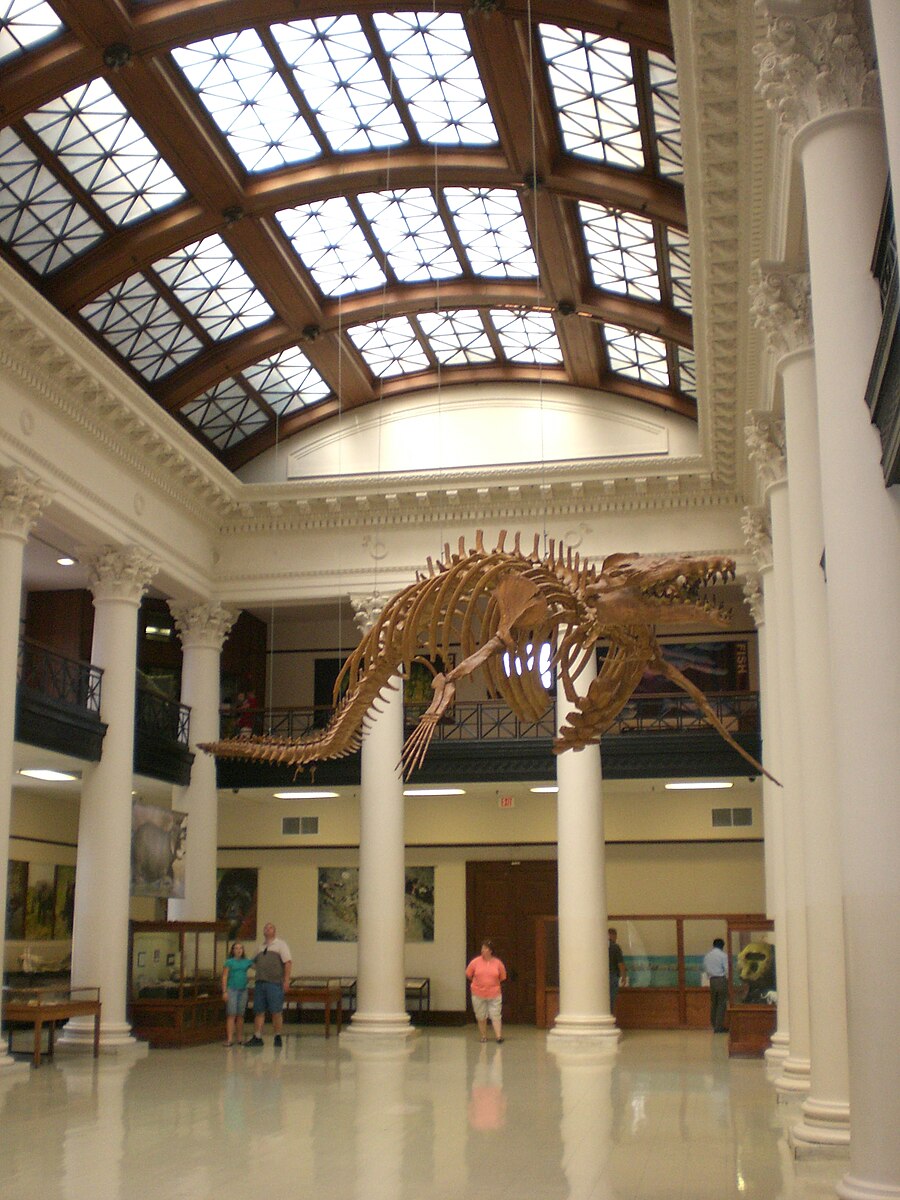
Built in 1910, this magnificent Beaux-Arts structure was constructed to house Alabama Museum of Natural History as well as laboratories and classrooms. Named for Eugene Allen Smith, a university professor and Alabama State Geologist, the museum houses some of his personal effects, including his personal carriage, and perhaps his spirit may be one of those remaining here.
Sources
- Crider, Beverly. “Crimson Hauntings: The Ghosts of UA.” com. 10 May 2012.
- Higdon, David and Brett J. Talley. Haunted Tuscaloosa. Charleston, SC: History Press, 2012.
- Windham, Kathryn Tucker. Jeffrey’s Latest 13: More Alabama Ghosts. Tuscaloosa, AL: University of Alabama Press, 1982.
Weaver Castle (private)
625 Lauderdale Street
Selma
A handy man installing a ceiling fan in this historic home was asked, “What are you doing?” When he looked to see who was asking, he discovered an empty room. A resident some years ago had her dog reprimanded by an unseen presence. Her dog began barking, and a voice demanded, “Dog, shut up!” Her children were upstairs when that happened and had not been downstairs.
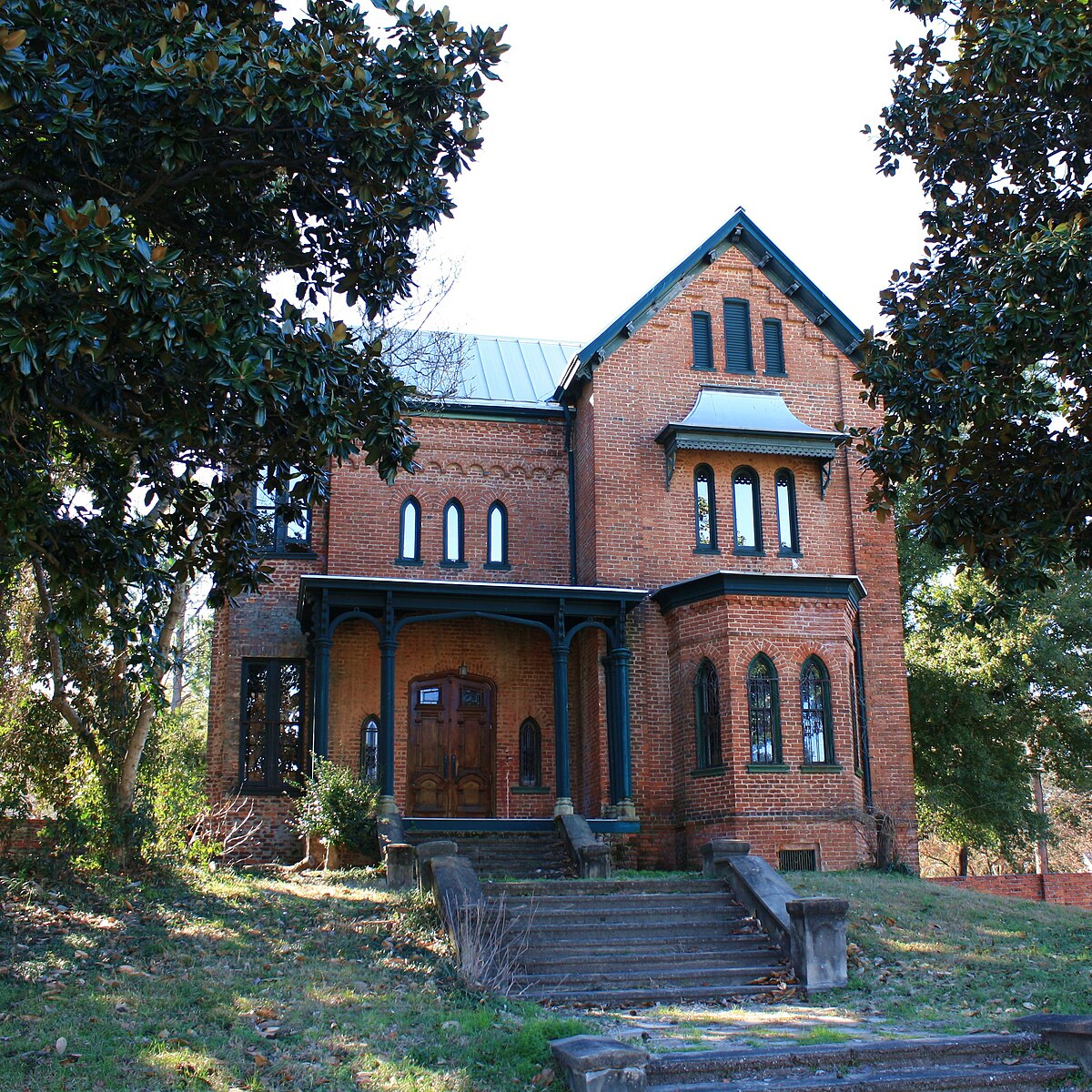
William M. Weaver constructed this German Gothic style home in 1868 on property that had seen fighting during the Battle of Selma. Weaver passed away here in 1898 of, as the Alabama Ghost Trail asserts, a broken heart following the death of his son from kidney disease. Please respect the owners and residents of this private home.
Sources
- Alabama Ghost Trail. “Weaver Castle.” YouTube. 19 July 2009.
- Higdon, David and Brett J. Talley. Haunted Alabama Black Belt. Charleston, SC: History Press, 2013.
